Home » Acetic Acid for Sale
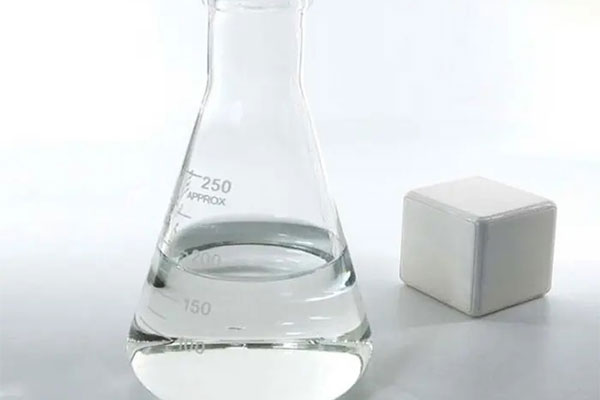
Acetic Acid For Sale in Chemate
- Other names: Ethanoic Acid, Glacial Acetic Acid, Glacial Ethanoic Acid
- Chemical Formula: CH3COOH
- Grade: Industrial grade, food grade
- Appearance: Colorless transparent liquid
- Cas No.: 64-19-7
- HS Code: 291521
- UN/NA: UN2789
- Package: 25kg/drum, 20MT/20’FCL. 30kg/drum, 19.8MT/20’FCL. 200kg/drum, 16MT/20’FCL. 1000kg IBC drum, 20MT/20’FCL
- Applications: Used in manufacturing of vinyl acetate, acetic anhydride, acetic ester, acetate, cellulose acetate fiber and metal acetate. Used in the field of synthetic fiber, binding agent, pharmacy, fertilizer and dyeing raw material, and in the field of plastic, rubber and printing as solvent
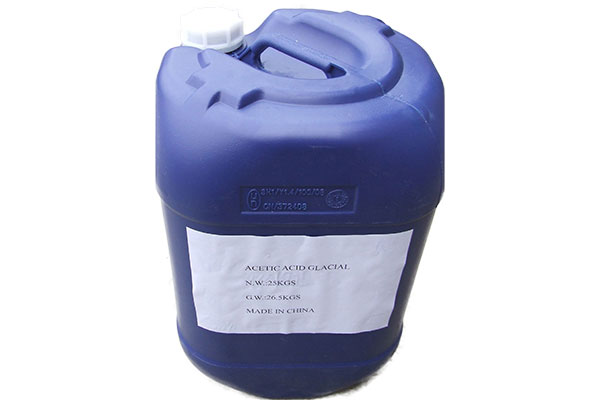
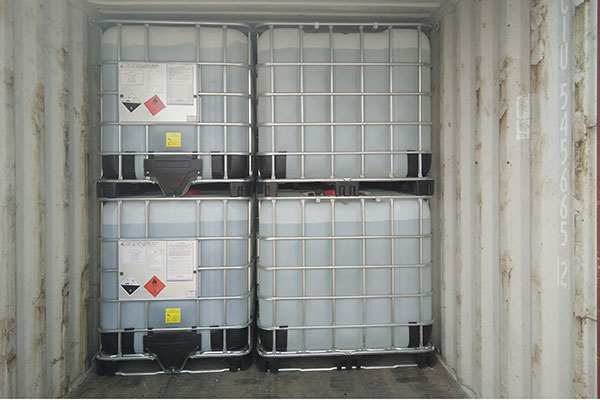
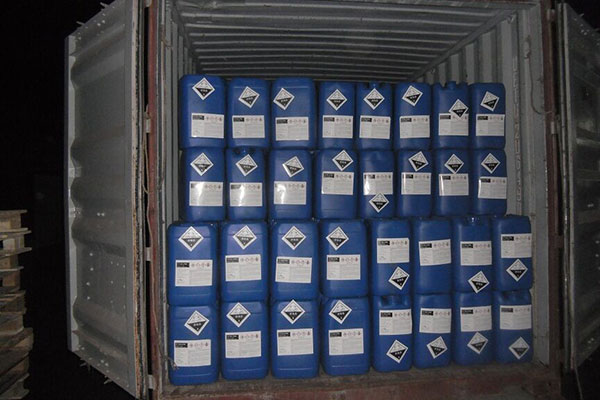
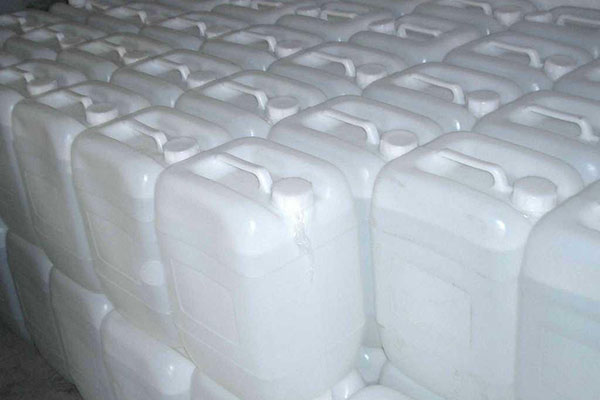
Technical Specifications of Acetic Acid
| Item | Standard | |
| Type Ⅰ | Type Ⅱ | |
| Acetic acid content,%, ≥ | 99.8 | 99.5 |
| Color , ≤ | 10 | 10 |
| Water, ≤ | 0.15 | 0.20 |
| Formic acid,%, ≤ | 0.03 | 0.05 |
| Acetaldehyde, %, ≤ | 0.02 | 0.03 |
| Residue on evaporation, %, ≤ | 0.005 | 0.01 |
| Iron(Fe) ,%, ≤ | 0.00004 | 0.00002 |
Would Like The Quotation
Leave more about your requirements, such as, tech grade or food grade, quantity, package, country, etc.
What Are Uses of Acetic Acid
Industrial Applications
- Mainly used in the production of acetic anhydride, acetate and cellulose acetate. Polyvinyl acetate can be made into films and adhesives, and is also the raw material for the synthetic fiber vinylon. Cellulose acetate can be used to make rayon and motion picture film.
- Acetate formed from lower alcohols is an excellent solvent and is widely used in the paint industry. Because acetic acid can dissolve most organic substances, acetic acid is also a commonly used organic solvent.
- Acetic acid can be used in some pickling and polishing solutions, as a buffer in weakly acidic solutions, as an additive in semi-bright nickel plating electrolytes. Meanwhile, it can improve the combination of passivation films in zinc and cadmium passivation solutions Force, and often used to adjust the pH value of weak acid bath.
- Used in the production of acetate, such as manganese, sodium, lead, aluminum, zinc, cobalt and other metal salts, widely used as catalyst, auxiliary agent in fabric dyeing and leather tanning industry.
- Acetic acid can also be used as analytical reagent, organic synthesis, synthesis of pigment and medicine.
Uses in food industry
- In the food industry, acetic acid is used as an acidulant, flavor enhancer and spice. When making synthetic vinegar, dilute the acetic acid to 4-5% with water, add various flavoring agents, the flavor is similar to that of alcohol vinegar. Meanwhile, the production time is short and the price is cheap.
- As a sour agent, it can be used in compound seasonings, prepared vinegar, canned food, jelly and cheese, and used in moderation according to production needs. It can also be used as a flavor enhancer for koji wine.
The use of acetic acid in medicine
- Acetic acid is used in a technique called chromoendoscopy, which is an alternative to traditional endoscopy.
- Acetic acid is used for visual inspection of cervical cancers and lesions. It is also used in cervical cancer screening.
- Acetic acid is used in the treatment of otitis externa.
- Acetic acid is also sometimes used to treat bacterial and fungal infections.
The use of acetic acid in chemical synthesis
- Used in the synthesis of cellulose acetate. Cellulose acetate is used in photographic film and textiles. Before the invention of cellulose acetate film, photographic film used to be made from nitrates, which had many safety concerns.
- Used as a solvent for the synthesis of terephthalic acid. Paraxylene is oxidized to terephthalic acid. Terephthalic acid is used in the synthesis of PET, which is widely used in the manufacture of plastic bottles.
- Widely used to react with various alcohols to synthesize esters. Acetate derivatives are widely used as food additives.
- Used in the synthesis of vinyl acetate monomer. This monomer can then be polymerized to form PVA.
- Used as a solvent in many organic catalytic reactions.
Would Like The Quotation
Leave more about your requirements, such as, tech grade or food grade, quantity, package, country, etc.
More About Acetic Acid
The main difference between acetic acid and glacial acetic acid is the level of acid concentration. Ethanoic acid solutions usually contain large amounts of water, indicating that it is a soluble product, whereas glacial ethanoic acid has a relatively low water content.
The melting point of high-purity acetic acid is 16.7℃, so after the temperature is lower, acetic acid will freeze into ice, which is called glacial acetic acid. Glacial acetic acid and acetic acid are the same substance with a strong pungent smell. The difference is that it is not a solid.
Acetic acid can be produced by artificial synthesis and bacterial fermentation. The fermentation method is divided into aerobic fermentation method and anaerobic fermentation method.
Aerobic fermentation
In the presence of sufficient oxygen, bacteria of the genus Acetobacter can produce acetic acid from foods containing alcohol. Commonly used is cider or wine mixed with grain, malt, rice or potatoes mashed and fermented. These substances can be fermented into acetic acid under the action of catalytic enzymes under oxygen.
Anaerobic fermentation
Some anaerobic bacteria, including some members of the genus Clostridium, can convert sugars directly to acetate without ethanol as an intermediate. Sucrose can be fermented to acetic acid in the absence of oxygen.
In addition, many bacteria are able to produce acetate from compounds containing only one carbon, such as methanol, carbon monoxide, or a mixture of carbon dioxide and hydrogen.
Methanol Carbonylation
Most acetic acid is synthesized by methyl carbonylation. In this reaction, methanol and carbon monoxide react to form acetic acid. Because carbon monoxide and methanol are commonly used chemical raw materials, the industry often uses this method to prepare acetic acid.
Acetaldehyde Oxidation
Although it can’t be compared with methyl carbonylation, this method is still the second method for industrial acetic acid production.
Alkane liquid oxidation method
Using n-butane as raw material, acetic acid as solvent, oxidation at 170°C-180°C, 5.5 MPa and cobalt acetate catalyst, and air as oxidant. At the same time, this method can also use liquefied petroleum gas or light oil as raw material. This method has low cost of raw materials, but the process is long, the corrosion is serious, and the yield of acetic acid is not high. It is only used in areas where cheap isobutane or liquefied petroleum gas raw materials are easily available.
Ethylene Oxidation
Produced by the reaction of ethylene with oxygen in the presence of a catalyst. This reaction can be regarded as firstly oxidizing ethylene to acetaldehyde, which is then obtained by oxidation of acetaldehyde.
Acetaldehyde can also be oxidized by copper hydroxide.
Using a new catalyst, this reaction can obtain more than 95% yield of acetic acid. The main by-products are ethyl acetate, formic acid and formaldehyde. Since the by-products have a lower boiling point than acetic acid, they are easily removed by distillation.
If you would like to purchase Acetic Acid, choose a reliable and professional supplier is necessary. For that only such a manufacturer can guarantee the high quality of products, as well as the competitive price and excellent after-sales service. Inquiry us now to get pure acetic acid price from Chemate now.
- Email: sales@chemategroup.com
- Tel: 0086-371-60921621
- Whatsapp: +86 18624832876
- Wechat: +86 18624832876
- ADD: NO.80 PUHUI ROAD,ZHENGZHOU CITY, HENAN PROVINCE, CHINA
